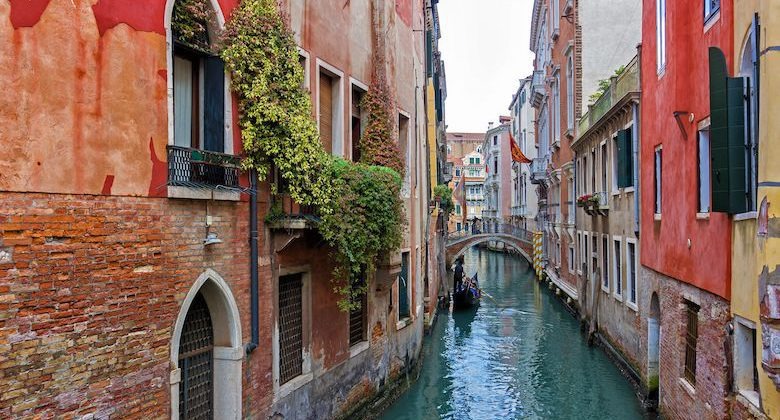St. Mark’s Basilica: The Jewel of Venice

The Basilica di San Marco, better known as St. Mark’s Basilica, is one of the most iconic sights of Venice and a masterpiece of Italo-Byzantine architecture. This breathtakingly beautiful cathedral has stood at the very heart of St. Mark’s Square for over a thousand years as a proud witness to Venetian power, faith, and artistic achievement. It is altogether a complete venue for any tourist visiting the wonders of Venice because of its overwhelming mosaics, golden domes, and rich history.
A History Rooted in Legend and Power
The history of St. Mark’s Basilica starts in the 9th century when Venetian merchants allegedly smuggled the relics of St. Mark the Evangelist from Alexandria, Egypt, to Venice. According to tradition, the relics were covered under layers of pork to avoid being discovered by the Muslim customs officials. These sacred remains were brought to Venice to establish the spiritual authority of the city and to establish its growing influence in the Mediterranean world.
The original church built to house the relics was humble, but as the wealth and power of Venice grew, so did the basilica. Completed in the 11th century, the current structure bears witness to the intensive trade exchange, especially with the Byzantine Empire, that Venice was involved in. The basilica had, over time, become a symbolic institution representing the religious faith of Venice and the city as a great cultural and economic hub.
Architectural Marvel: A Melding of Styles
St. Mark’s Basilica is an unbelievably beautiful mingling of Byzantine, Gothic, Romanesque, and Islamic styles in its architecture. With stone carvings in intricate details, varicolored marble columns, and dazzling mosaics depicting biblical accounts on its façade, it is sure to leave the onlookers panting with sheer amazement. The crowning glory, its five main domes, vaguely draws inspiration from Constantinople’s churches and is again evidence for Venice’s closeness to the Eastern Roman Empire.
One of the most famous exterior features of the basilica is the Quadriga of St. Mark: a set of four bronze horses that were once part of a monument in Constantinople. These horses were brought to Venice as spoils of the Fourth Crusade in the 13th century, a symbol of the city’s dominance and its rich history of conquest and trade.
The Golden Interior
Going into St. Mark’s Basilica is like walking into a spectacle of gold when over 8,000 square meters of wall, dome, and ceiling spaces are covered in mosaics. These include biblical scenes and the lives of saints, with Venice’s legendary history, created out of glass tiles and sheets of gold leaf. The sight of light passing through the mosaics takes on an enchanting, near-heavenly atmosphere, for which the Basilica has its nickname, the “Church of Gold.”.
The inlaid golden altarpiece, the Pala d’Oro, is at the very heart of the basilica, with its precious gems executed by Byzantine craftsmen. This masterpiece of medieval art reflects the basilica’s relationship to the Byzantium world and Venice as a crossroads of cultures.




